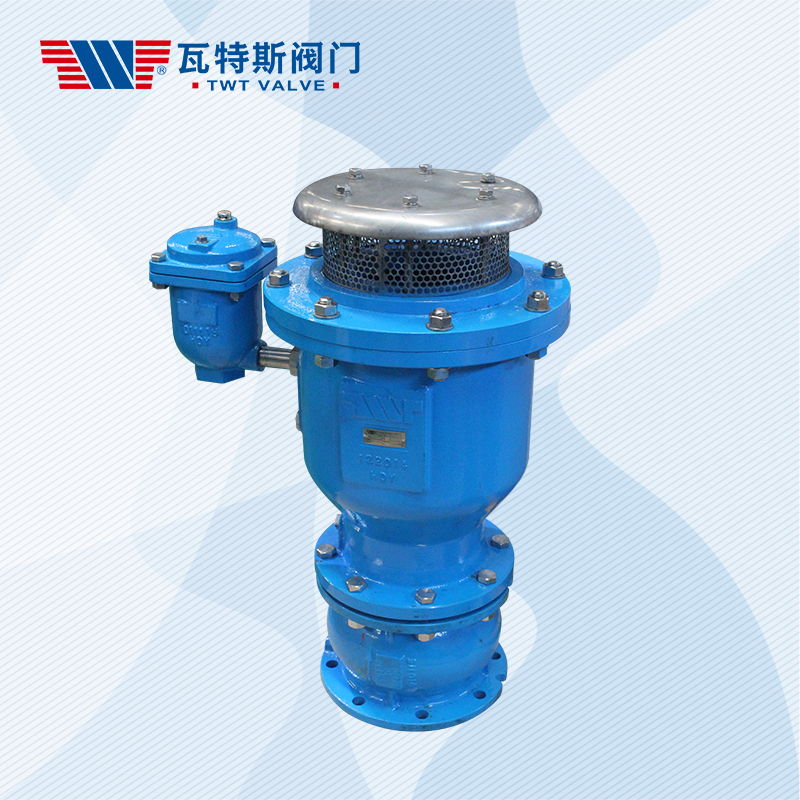Several factors determine the best air relief valve for your application.
Air release vs blowdown
Determine if you need a valve to release small air pockets or to release large volumes of air. Air release valves provide slow air bleed and higher pressure leakage, while blowdown valves release air more rapidly in response to pressure drops.
Direct vs indirect acting
Choose between a valve that opens/closes off actual air presence (direct acting) or one responsive to changes in system pressure (indirect acting). Direct acting valves are faster but indirect acting valves handle higher pressures.
Check vs float
Check valves use a spring-loaded valve plug while float valves use a valve plug attached to a float. Check valves react faster but float valves can handle larger air volumes. Float valves also avoid plug jamming.

Sprung vs unsprung
Sprung valves have an internal spring to provide the valve actuation force while unsprung valves use system pressure alone to open/close the valve. Sprung valves provide faster response but unsprung valves can work in higher pressure systems.
Manual vs automatic
Choose between a manual valve that opens/closes manually or an automatic valve that opens/closes automatically in response to pressure changes. Manual valves provide more precise control but automatic valves work unsupervised.
Single vs Double Chamber
A double chamber valve has an internal chamber on each side of the valve seat. This allows for higher actuation pressure on one side before the valve opens. Double chamber valves have more balanced actuation and can maintain better seal integrity.
Below vessel vs Top mounted
Decide whether to mount the air relief valve below (submerged) the vessel or on top. Submerged valves release air directly into the fluid but top mounted valves vents air to the atmosphere. Consider fluid compatibility with valve components for your choice.
Atmospheric air vs Non-atmospheric air
Air relief valves can be designed to release air to atmosphere, to another chamber, or to a header at a specific pressure. Ensure the valve is releasing air to the appropriate destination in your system.
Consider factors such as system material/fluid, maximum/operating pressures, air pocket volume, installation location, cost, and maintenance needs to determine the best air relief valve for your application. Additional features such as high pressure seal protection, silencers, snubbers or drain ports may also be required depending on your specific system. Choose a valve that will securely and responsively release air without causing damage, noise or backflow issues.